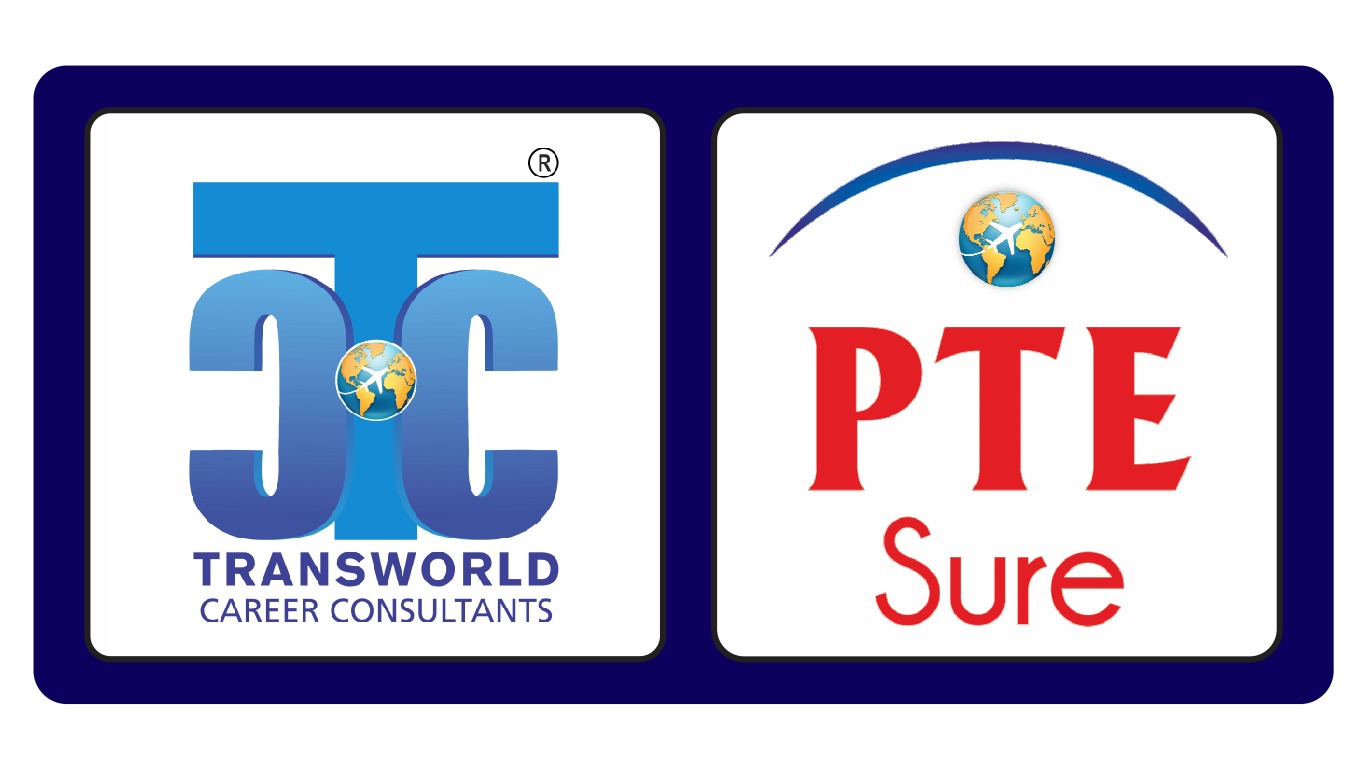Guide to PTE Training:
Strategies for Success
The Pearson Test of English (PTE) Academic is an internationally recognized English language proficiency test. It is designed for non-native English speakers who seek to study or immigrate to an English-speaking country. PTE Academic assesses the four key language skills: listening, reading, speaking, and writing. Preparing for this exam requires a structured approach and a deep understanding of its format and requirements. This guide provides comprehensive strategies for effective PTE training, ensuring that candidates can achieve their desired scores.

Golden years we’ve passed!
Understanding the PTE Academic Format
The PTE Academic test is divided into three main parts:
Speaking and Writing (77 – 93 minutes):
- Personal Introduction: An unscored section where you introduce yourself.
- Read Aloud, Repeat Sentence, Describe Image, Re-tell Lecture: These tasks assess your ability to speak fluently and accurately.
- Answer Short Question: Tests your listening and speaking skills.
- Summarize Written Text: Measures your ability to summarize information.
- Essay Writing: Tests your ability to present arguments and ideas coherently.
Reading (32 – 40 minutes):
- Multiple-choice, Choose Single Answer: Tests comprehension of the text.
- Multiple-choice, Choose Multiple Answers: Requires understanding of detailed content.
- Re-order Paragraphs: Assesses your ability to understand the logical flow of text.
- Reading: Fill in the Blanks: Tests grammar and vocabulary knowledge.
- Reading and Writing: Fill in the Blanks: Integrates reading and writing skills.
Listening (45 – 57 minutes):
- Summarize Spoken Text: Measures your ability to understand and summarize spoken content.
- Multiple-choice, Choose Single and Multiple Answers: Tests comprehension of audio.
- Fill in the Blanks: Assesses listening and writing skills.
- Highlight Correct Summary: Requires understanding the main idea of a spoken text.
- Select Missing Word: Tests your ability to predict what comes next in a sentence.
- Highlight Incorrect Words: Assesses your ability to identify errors in a spoken passage.
- Write from Dictation: Measures listening and writing skills.
Effective Strategies for PTE Preparation
1. Familiarize Yourself with the Test Format
Understanding the structure of the PTE Academic is crucial. Familiarize yourself with the types of questions and tasks in each section. This will help you manage your time effectively during the test.
2. Develop a Study Plan
Create a study schedule that covers all sections of the test. Allocate specific times for each section based on your strengths and weaknesses. Ensure that you practice each type of question thoroughly.
3. Enhance Your English Language Skills
- Reading: Read a variety of English texts, such as newspapers, journals, and books. Practice summarizing paragraphs to improve comprehension and retention.
- Listening: Listen to English podcasts, news, and lectures. Practice summarizing what you hear to enhance your listening and note-taking skills.
- Speaking: Practice speaking English with friends or language partners. Focus on clarity, pronunciation, and fluency.
- Writing: Practice writing essays on various topics. Pay attention to structure, coherence, and grammar.
4. Use Official PTE Practice Materials
Utilize official PTE practice tests and materials provided by Pearson. These resources are designed to simulate the actual test environment, helping you become familiar with the test’s timing and pressure.
5. Take Mock Tests
Regularly taking mock tests is essential for assessing your progress. Analyze your performance to identify areas that need improvement. Mock tests also help build your confidence and test-taking stamina.
6. Improve Time Management
Time management is critical in the PTE Academic. Practice answering questions within the allotted time. Develop strategies for quickly understanding and responding to different types of questions.
7. Focus on Weak Areas
Identify your weak areas and dedicate extra time to improving them. Use targeted practice exercises and seek feedback from teachers or language partners.
8. Learn Test-taking Strategies
- Speaking and Writing: For tasks like “Describe Image” and “Re-tell Lecture,” practice organizing your thoughts quickly and speaking fluently. In essay writing, plan your essay structure before you start writing.
- Reading: For “Re-order Paragraphs,” practice identifying the logical flow of ideas. For “Fill in the Blanks,” enhance your vocabulary and understanding of grammar.
- Listening: For “Summarize Spoken Text,” practice taking concise notes. For “Write from Dictation,” focus on accurately capturing spoken words.
Additional Resources and Support
1. Online Courses and Tutorials
There are numerous online courses and tutorials designed specifically for PTE Academic preparation. These resources offer structured learning paths and expert guidance.
2. Study Groups
Joining a study group can provide mutual support and motivation. Group members can share tips, practice speaking tasks, and provide feedback on each other’s performance.
3. Professional Coaching
Consider enrolling in a PTE preparation course with a professional tutor. Personalized coaching can help address your specific needs and accelerate your progress.
